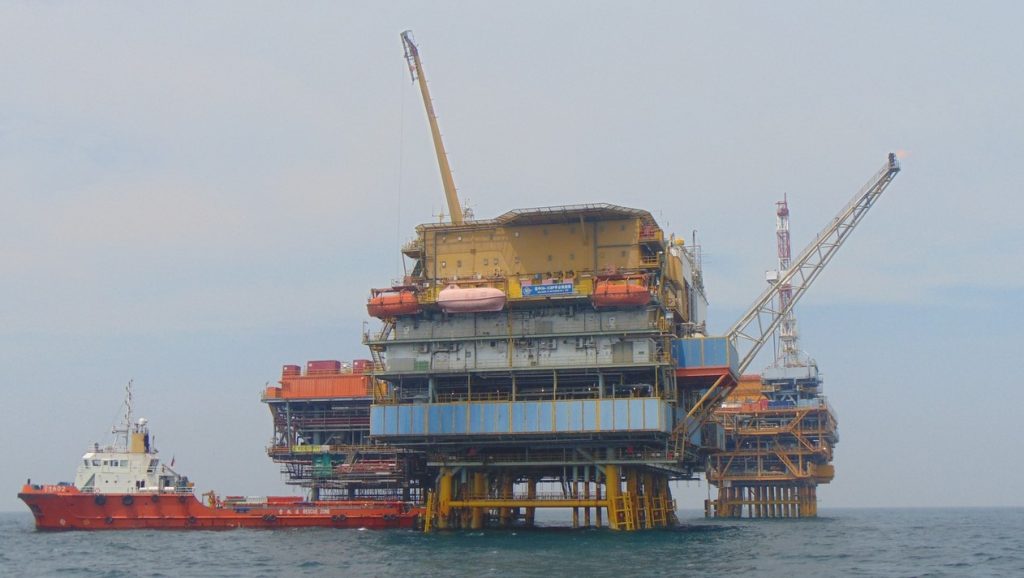In the intricate realm of the oil and gas industry, where precision and efficiency reign supreme, certain pieces of equipment stand out as indispensable assets. Among these, oilfield centrifuges emerge as crucial components, playing a pivotal role in maintaining operational integrity and safeguarding both personnel and equipment.
Oilfield centrifuge precision instruments are designed to separate solids and liquids from drilling mud or other fluids utilized in oil and gas production processes. This separation process is not merely a matter of convenience but a fundamental necessity for ensuring the smooth progression of drilling operations. Let’s delve into the multifaceted importance of oilfield centrifuges in the oil and gas industry:
- Quality Assurance of Drilling Mud: One of the primary functions of oilfield centrifuges is to uphold the quality of drilling mud. Drilling mud, or drilling fluid, serves various purposes, including lubricating the drill bit, carrying drill cuttings to the surface, and maintaining wellbore stability. However, over time, drilling mud can become contaminated with solids, reducing its effectiveness. Oilfield centrifuges efficiently remove these solids, ensuring that the drilling mud remains in optimal condition, thereby enhancing drilling efficiency and safety.
- Enhancing Drilling Efficiency: Solids accumulation in drilling mud can impede the drilling process, leading to decreased efficiency and increased downtime. Oilfield centrifuges prevent such issues by swiftly and effectively separating solids from the drilling fluid, thereby maintaining fluid properties and ensuring smooth drilling operations. By minimizing downtime and maximizing drilling efficiency, oilfield centrifuges contribute significantly to overall project success and profitability.
- Safeguarding Drilling Equipment: Solids present in drilling mud pose a significant threat to drilling equipment such as pumps, valves, and drilling rigs. Accumulation of solids can cause abrasion, corrosion, and other forms of damage, leading to costly repairs and downtime. Oilfield centrifuges play a crucial role in averting such risks by removing solids from the drilling fluid before they can cause harm to equipment. By extending the lifespan of drilling equipment and reducing maintenance requirements, oilfield centrifuges contribute to cost savings and operational reliability.
- Ensuring Safety and Environmental Compliance: Beyond their role in maintaining operational efficiency, oilfield centrifuges also contribute to safety and environmental compliance. By efficiently removing solids from drilling fluids, centrifuges help prevent the discharge of contaminated fluids into the environment, reducing the risk of environmental pollution and regulatory violations. Moreover, by maintaining the integrity of drilling mud, centrifuges contribute to wellbore stability, minimizing the risk of well control incidents and ensuring the safety of personnel and surrounding communities.
In conclusion, oilfield centrifuges are indispensable assets in the oil and gas industry, serving a multitude of critical functions. From upholding the quality of drilling mud to enhancing drilling efficiency, safeguarding equipment, and ensuring safety and environmental compliance, centrifuges play a vital role in the success and sustainability of oil and gas operations. As technology continues to evolve, oilfield centrifuges will remain essential tools, driving efficiency, safety, and productivity in the dynamic landscape of the oil and gas industry.




